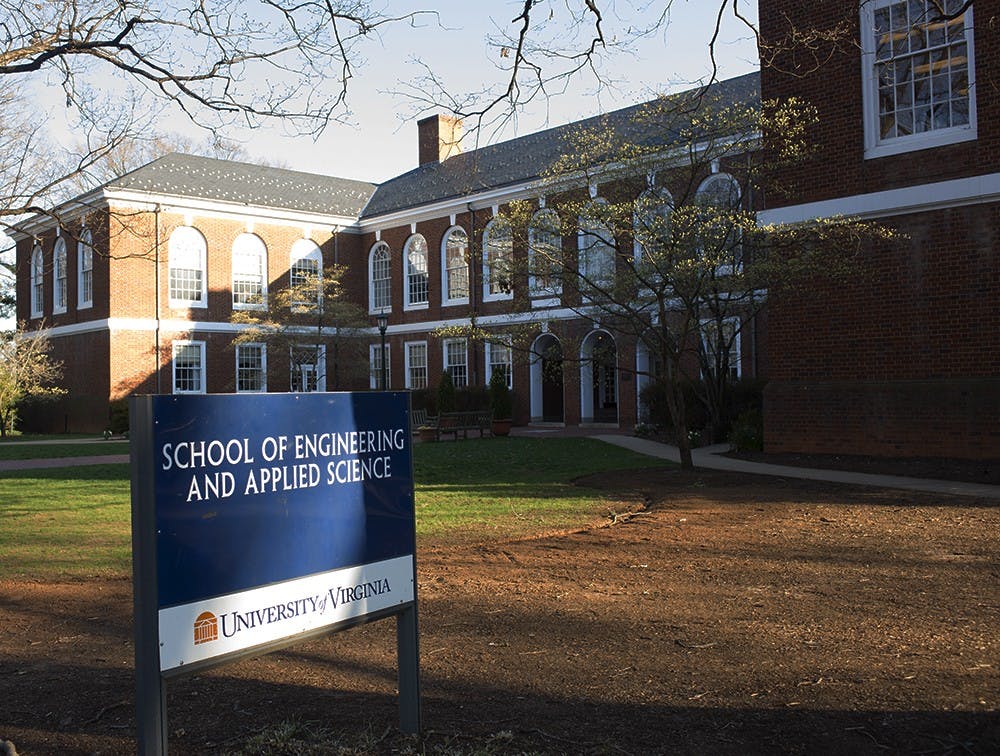An audit by the state inspector general has identified problems with how the University is measuring its return on investment for science and technology programs.
“Without a clear definition of what needs to be tracked and evaluated, the University cannot ensure alliance with strategic goals,” said a performance review spanning July 2013 to June 2014.
Currently, the only measurable goal the University holds for science, technology, engineering and math programs is to increase the percentage of students involved in STEM majors and schools to 33 to 40 percent of total student growth.
University President Teresa Sullivan said the University is working to address the issue, but notes it is inherently difficult to track STEM outcomes.
“Does it mean that the STEM major has to take a job in a STEM industry, for example?” she asked.
Building renovation may incentivize student participation in STEM programs, particularly in the chemistry, biology and psychology departments housed in the Chemistry Building and Gilmer Hall, Sullivan said. Both of these buildings are scheduled for renovation.
The University should focus on increasing student engagement to so they can utilize equipment and new buildings, Biology Prof. Robert Kretsinger said.
“It’s still nice to have renovations, but that should never get ahead of the intellectual development,” Kretsinger said.
Requiring science majors to minor in a fine arts or humanities course, and conversely requiring humanities students to study science more in depth, could facilitate student understanding of how their disciplines fit into the broader context of society, Kretsinger said.
“The University could take more initiative to encourage these interactions of STEM students having this awareness of the clinical, sociological, behavioral implications that are at work,” he said.
In order to encourage increased involvement in STEM programs, the Engineering School has hosted multiple events to connect K-12 students in the community with different fields of engineering.
However, increasing the number of students within the Engineering School comes with its own difficulties, said George Cahen, an associate dean in the Engineering School.
“If we were to increase the number of Engineering students, we’d have to cut the students in the College,” Cahen said. “We don’t make that decision.”
Funding for the School of Nursing is not considered STEM funding. However, its science-based curriculum has made efforts in recent years to increase student engagement in research and clinical experience, said Dr. Christine Kennedy, an associate dean at the School of Nursing.
“We have the third and fourth years really intimately involved in a lot of different ways to use research as it relates to their future career and profession,” Kennedy said.
—Lucy Whitney contributed to reporting





